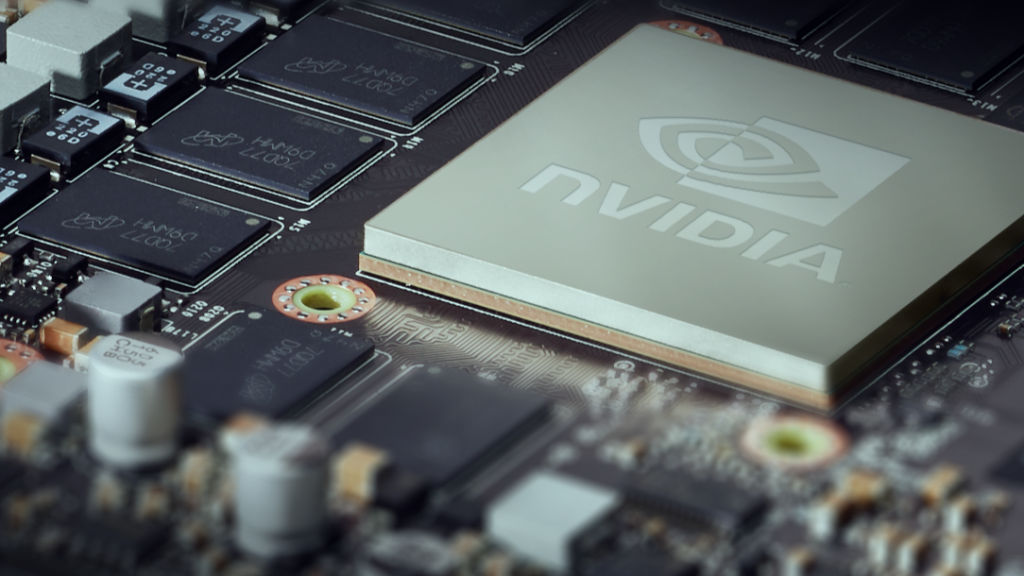Nvidia earnings were the most anticipated financial services event of the year. As the world’s most valuable publicly traded company by market capitalization, you don’t need to work in tech to know that Nvidia matters.
Its GPUs and APIs are powering much of the world’s AI applications, with nearly boundless growth estimates.
No ad to show here.
Although Nvidia doubled revenue, totalling $30bn in sales, market expectations were stratospheric. The company’s share price softened after its earnings report, despite the core business being very robust.
‘Seeing’ all roads with Nvidia
The prospects of America’s latest tech powerhouse are pivoting on the broad adoption and deeper integration of AI, across all industries. Beyond entertainment and social media, the more complex and potentially valuable AI applications are in IoT and AoT. Especially collision avoidance, with AoT machines. And advanced CAD.
For over a decade, the automotive industry, from Tesla to traditional legacy brands, has promised complete self-driving cars. However, regulations, risk, and complexity have kept true level 4 and 5 autonomous driving from becoming a deliverable.
Nvidia’s advanced GPUs and APIs are crucial to AoT applications like self-driving cars. The faster those chips can process their environment out on the road, the better overall sensor fusion, risk analysis and responses, will become.
Solving big problems
The goal is to create an integrated solution where sensors, mechatronics and intelligent software interpret and brief responses, without becoming overwhelmed by a flood of visual and sensory driving data. Microprocessors capable of calculating a staggering number of inputs are the key.
True self-driving will remain an elusive concept without the hardware bits capable of shaping and crunching a flood of environmental data. It’s the P=NP problem, made real.
Nvidia’s prospects in the automotive industry remain extensive. All car companies need its advanced GPUs and AI-powering chip technology. The Thor range is its pioneering automotive solution, serving the needs of powerful Chinese car companies keen to embrace the latest technology.
Nvidia speeding R&D
Beyond shaping self-driving possibilities, Nvidia’s technology is enabling accelerated design and manufacturing, too. Automotive R&D teams have realized that fewer, better, prototypes make for a streamlined development programme.
Advanced GPUs and aligned AI technology power virtual design, better collaboration with suppliers, and rapid prototype updates, regardless of design complexity. This can save months and years for traditional car companies when developing new vehicles. Powerful graphic rendering ability is crucial to that – with Nvidia holding the chips (literally).
It’s been a remarkable journey for Jensen Haung’s company. In the early 2010s, Nvidia wasn’t considered a crucial supplier for many legacy car companies. Its primary role in automotive was creating GPUs that made infotainment systems slicker to operate without menu and function lag.
It’s gone way beyond infotainment
Jaguar and Land Rover were some of the early adopters of these advanced GPUs, allowing them to deliver a UX experience beyond other luxury car brand rivals from Germany.
Infotainment system fluency remains a valid application of Nvidia’s technology for cars. However, the more important mission is to enable safer, better, more responsive ADAS systems on the journey to true level 5 driving autonomy.
Despite analysts not being overly impressed with its latest earnings report, Nvidia’s core technology and R&D prowess remains deeply impressive – and broadly unrivalled.
It makes technology vital to the future of car companies. Who must satisfy customers’ demand for increasingly autonomous and digitally integrated vehicles.
